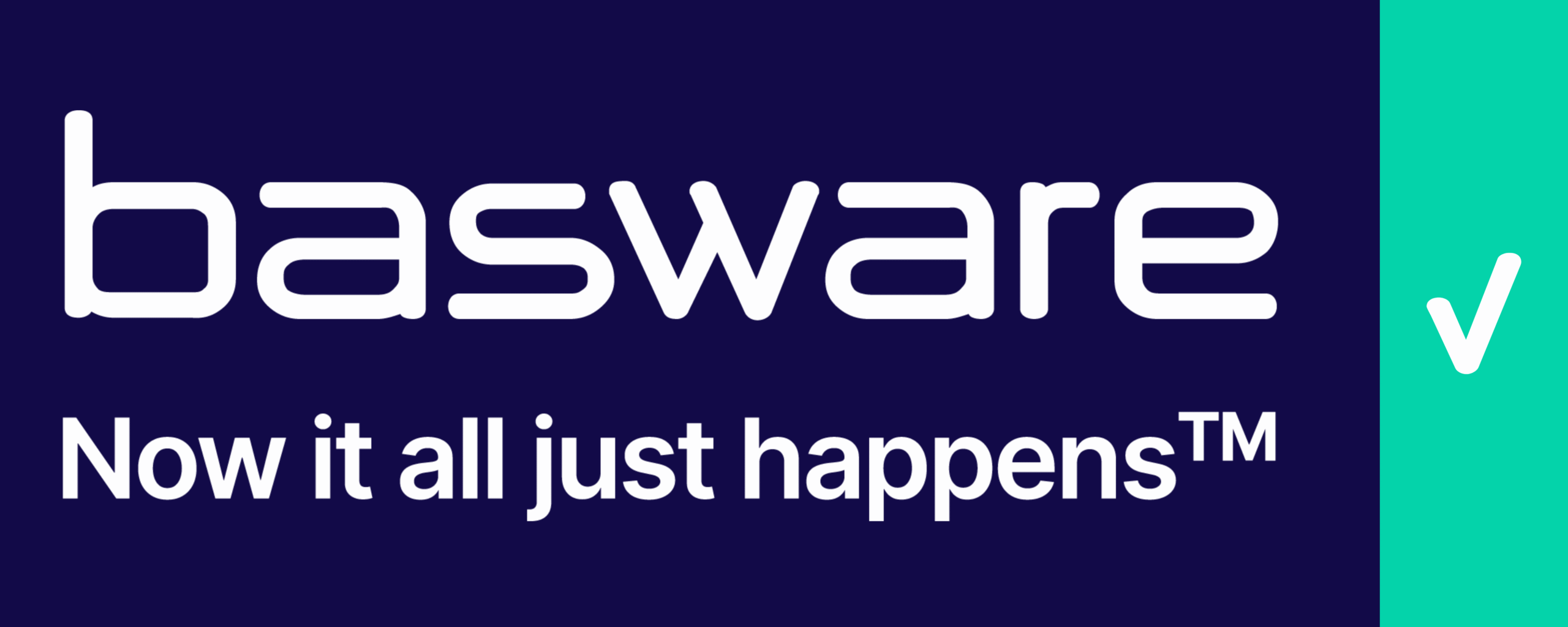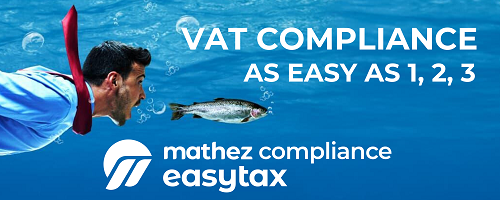- The interpretation of EU law relies on three pillars: wording, context, and the wider objective.
- However, it is not always clear how these pillars interact when they conflict.
- Two cases, LATAM and Mensing II, demonstrate how this can lead to unforeseeable results and irrational distinctions.
- LATAM deals with air passenger rights, while Mensing II concerns Value Added Tax (VAT).
- Both cases involve a conflict between a literal interpretation of the legislation and what is systematically plausible.
- In LATAM, a passenger who was denied boarding but was informed in advance by the airline would not be entitled to compensation under a strict reading of the regulation. However, a purposive interpretation that aligns with the objective of protecting passengers would grant compensation. The Court found that the undesirable result of a strict textual interpretation was not intended by the EU legislature.
- In Mensing II, VAT law is highly harmonized in order to avoid distortions of the free movement of goods and services. The case involves the consideration of VAT on goods or services supplied in the course of an economic activity.
Source European Law Blog
See also
- Summary of ECJ C-180/22 (Mensing) – VAT paid on intra-EU acquisition is to be included in taxable amount under profit margin scheme
- C-180/22 (Mensing) – Judgment – VAT paid on intra-EU acquisition is to be included in taxable amount under profit margin scheme
- C-264/17 (Mensing) – Judgment – Margin scheme on works of art; right to deduct input VAT by taxable dealer
- Join the Linkedin Group on ECJ VAT Cases, click HERE
- For an overview of ECJ cases per article of the EU VAT Directive, click HERE
Latest Posts in "European Union"
- CJEU Clarifies VAT Rules for App Stores: Platforms Deemed Suppliers in Digital Sales
- Reforming VAT Rules to Ensure Fair Competition for UK Small Businesses and Tackle Online Fraud
- Comments on ECJ C-232/24 (Kosmiro): Where does credit end and debt collection begin?
- ViDA Public Debate: Summary of Implementation Dialogue with Commissioner Hoekstra (European Commission Website)
- CEN Approves Revised EN 16931: A Milestone for ViDA Implementation














